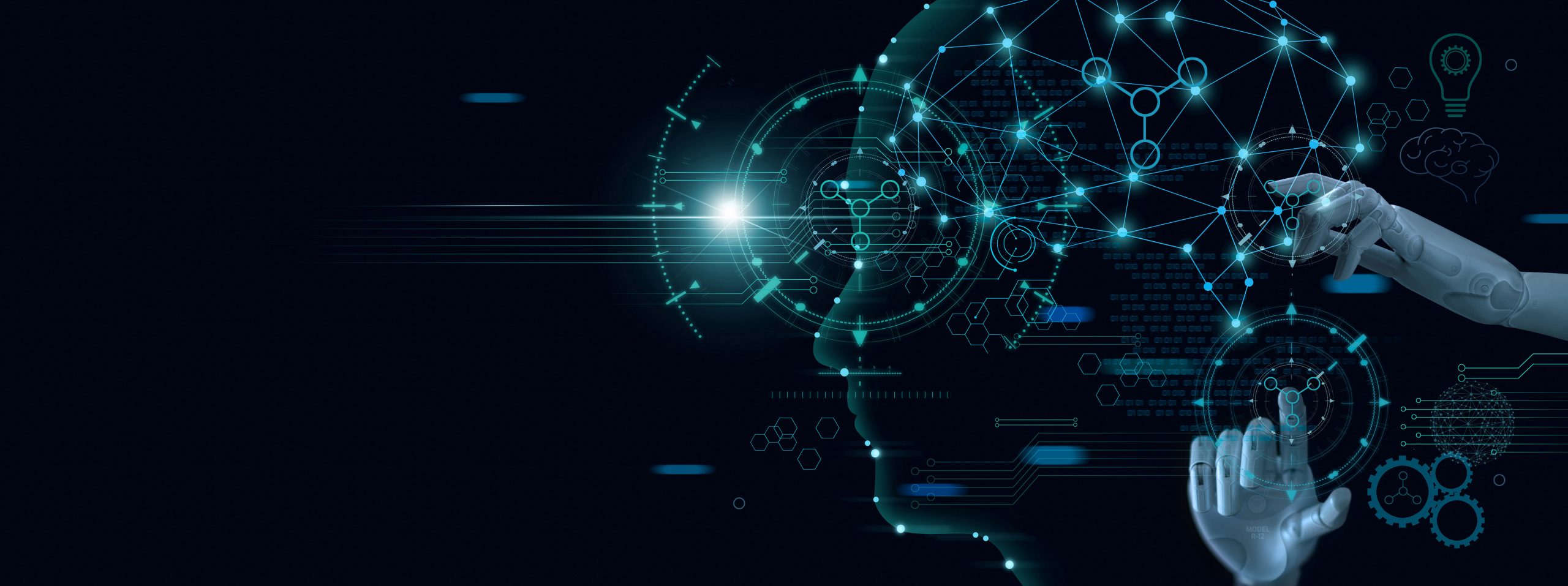VMware Healthcare Blog, April 2021, Jens Koegler, Healthcare Industry Director EMEA

You often hear the phrase, ‘I don’t just want to be another statistic’. The connotations are usually negative and infer that a person’s uniqueness is disregarded in favour of totting up the numbers on a spreadsheet.
Though this needn’t be the case. Especially in healthcare where the numbers that make up the digital twin of a person are becoming equally as important as the numbers in our own DNA code. This is because healthcare is no longer about simply curing ailments. It’s about delivering outstanding patient experiences throughout every stage of the journey – beginning with the information a potential patient finds online before deciding to book an appointment through how successfully the provider prevents a relapse, and including every physical, emotional, and environmental detail in between.
Understanding the data points that exist at each of these steps is fundamental to the longevity and success of healthcare providers and the subject of our latest whitepaper, Data in the Patient Journey.
A forever altered healthcare industry
Patient expectations have changed over the years. Now they have more choices about care and are more empowered with information about what they want their care experience to be. And with the COVID-19 turning so much of our lives digital, this trend has only accelerated.

The global pandemic has forever altered the healthcare industry, accelerating new care models and cloud services while exposing care cost and outcome challenges. Knowledge has found its way into every area of health treatment and care driven by the emergence of technologies both in healthcare itself and consumer technologies that patients engage with outside of the hospital setting. The convergence of which is creating a cyclical and perpetual motion of improvement, advancement and innovation. It is predicted that healthcare will be one of the biggest consumers of artificial intelligence, IoT and sensor technology by the end of this decade and one of the main reasons behind this growth is the boom in healthtech via businesses such as Teladoc, BabylonHealth and Cera, which have massively accelerated advancements toward new therapies, diagnostics, and care services.
On a micro-level, telehealth, which was inching toward mainstream before COVID-19, is here to stay. Especially for issues that do not require a physical examination. For example, it has been shown that people with mental health issues find it easier to use such services rather than leaving the house and making an extra effort. And this is just one example. There are now apps that help manage everything from repeat prescriptions to blood sugar and even an iPhone can track basic health data to help manage exercise and sleep patterns – all of which impact on the scope and regularity on every stage of the patient journey.
First impressions count
When it comes to treatment, elective care and a deeper engagement between patient and caregiver, the first interaction is usually at a hospital. But advancement here is almost conspicuous by its absence. All too often admissions take place with a pen and a clipboard – a process often repeated (by others wanting the same information) from department to department because they are not connected. Multiply that by each patient and each setting and that is a gargantuan amount of waste.

Surely the solution here is clear and obvious? There are countries that use self-registration terminals or even face recognition. The latter may not be possible in Europe from a privacy perspective but, the point is there are other options available that aren’t a pen and paper. There are clinics that offer online booking systems so that registration can be done from home with data recorded electronically from the first entry. Besides registration, there is still a lot of room for optimisation in time management in the queuing system, which can be made digital (and linked to a smartphone), management of missed appointments, identification of missing records and so much more.
Apparently, you only get one chance to make a first impression, but I disagree, if the healthcare sector started doing all these things to improve the patient experience on arrival, much of the past inefficiencies would quickly be forgotten.
Personal detail, perfectly integrated
The fact is that today, patient data is being generated and collected across a spectrum of touchpoints – from an emergency in a remote location to the hospital ward and aftercare. In doing so it is painting a vivid picture of how every stage of the journey can be assessed, improved and even tailored. But this will only be of value if it is properly integrated into the treatment process.
Taking accident and emergency as an example. For many years now, it has been possible to create and store an emergency passport on a smartphone, with contact details of a relative, blood groups and allergies, so that in the event of an accident, the rescue team can easily identify the patient. This makes it even more surprising that in the time of modern apps, there are only a few countries that use nationwide emergency apps with all the personal and necessary detail available on-click.
Then a patient arrives at the hospital already identified and with teams prepared. At this stage, one of the main issues regarding data in the patient journey is how to make clinical processes faster and easier for the clinical staff. There are very different approaches to this, for example the use of medical carts, where the digital workstation is taken from patient to patient. In recent years, however, there has also been a focus on smaller, mobile devices, which are attached to each patient’s bed and used by doctors and nurses for documentation or to call up individual patient data. For the patient, these can be used to access the entertainment system and digital communication services, to view their own treatment plan or simply to select the next meal.
Then, of course, there is the area of aftercare, which is where wearables and remote monitoring technologies come in. These technologies are able to monitor specific patient information, feed it back to clinicians and enable tailored, patient-centric care at a time, location and convenience specific to those involved.
Regardless of the stage of the journey, the most important thing is to always have the right information available at the right place or to get access to the right applications without having to use dozens of login steps and different passwords every time to be able to start working on the patient. It should be secure and simple and perfectly integrated into the clinical workflow.
A solid backbone of technology
The pressure on hospital IT departments is immense. On average, a hospital today runs between 400-600 applications. Many databases are not consistently networked, and some applications are so critical that a failure makes the operation of the hospital only possible to a limited extent or, in the worst case, brings it to a complete standstill. In most hospitals, there are still a large number of legacy systems that cannot be easily replaced, but some of which still run on decades-old operating systems and represent a real security problem.

The IT departments urgently need help to establish a simple management system that can handle these requirements. That can handle on-premises systems as well as cloud instances, that can cover physical as well as virtual or future container-based requirements. An end-to-end, scalable platform that can be highly automated to simplify day-to-day operations while allowing providers to choose where a particular workload runs best and most cost effectively.
We’re all statistics

Data is key to ensuring the patient receives the best treatment possible and has the highest chance of a healthy recovery. The exciting part is that we’ve only just scratched the surface and there is much more to be done. Although digital transformation is underway, healthcare IT is still too complex and beset with challenges around interoperability of information. Change at the scale and speed that is required means providers must focus on systems that offer the highest degree of flexibility, scalability and security.
The bottom-line being that, as far as the patient journey is concerned, we’re all statistics. But statistics that matter, can make a real and positive difference and can be the difference between life and death.
Click here to download your copy of our second chapter of Data in the Patient Journey series. Alternatively, if you need any assistance with transforming your healthcare operation, please contact us here.
Social Kit

- Data in the Patient Journey – why we’re all just a statistic when it comes to healthcare
- Read our report to find out why the healthcare sector has a second chance to make a first impression to its patients
- Why data is key to ensuring patients receive the best treatment possible and the highest chance of a healthy recovery
Facebook/LinkedIn
- Patient expectations have changed over the years. Now they have more choices about care and are more empowered with information about what they want their care experience to be. Read our latest whitepaper, ‘Data in the Patient Journey’ to find out exactly what that is.








